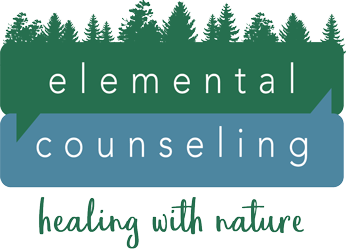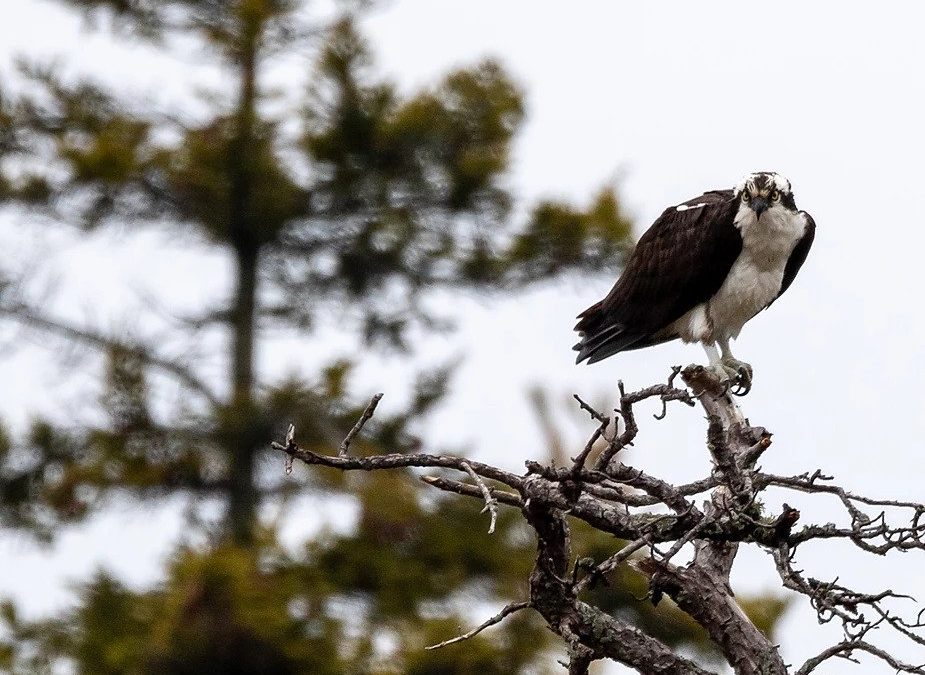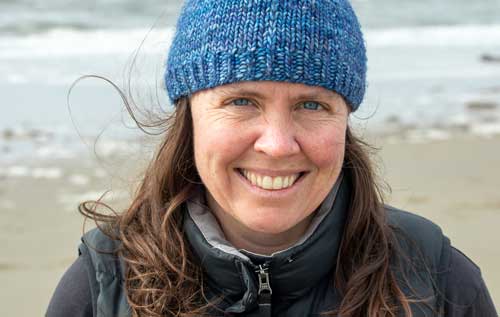Last week, a friend sent me a lovely Mary Oliver poem:
How I Go to the Woods
Ordinarily I go to the woods alone, with not a single
friend, for they are all smilers and talkers and therefore
unsuitable.
I don’t really want to be witnessed talking to the catbirds
or hugging the old black oak tree. I have my way of
praying, as you no doubt have yours.
Besides, when I am alone I can become invisible, I can sit
on the top of a dune as motionless as an uprise of weeds,
until the foxes run by unconcerned. I can hear the almost
unhearable sound of the roses singing.
If you have ever gone to the woods with me, I must love
you very much.
I do love to be in the woods alone. It is easier to notice the infinite sensory details, to settle in and become part of the landscape, to connect to the earth. Mary Oliver could have ended her poem in a sense of solitude, with the incredibly evocative note of ‘unhearable sound of the roses singing’. But she does not make that choice. Instead, she suggests the positive potential of human companionship in the woods. She notes that with the right person, there is a different experience to be found, together in the woods. (At least, I read it that way.) There is such power in humans witnessing each other in authentic relationship with nature–hugging trees, praying, and being. I know this power personally and professionally. It’s one of the many reasons I love being outdoors with loved ones and I love being outdoors as an ecotherapist.


